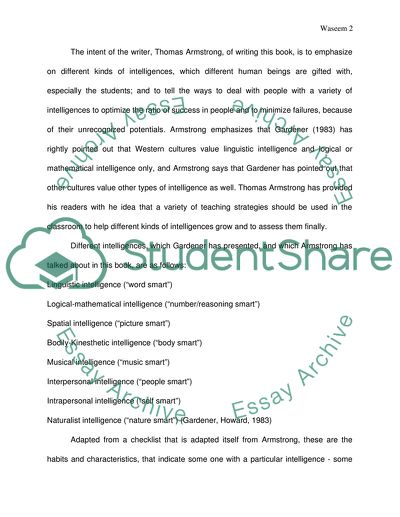Cite this document
(“Multiple Intelligence in the Classroom Research Paper”, n.d.)
Retrieved from https://studentshare.org/miscellaneous/1565386-multiple-intelligence-in-the-classroom
Retrieved from https://studentshare.org/miscellaneous/1565386-multiple-intelligence-in-the-classroom
(Multiple Intelligence in the Classroom Research Paper)
https://studentshare.org/miscellaneous/1565386-multiple-intelligence-in-the-classroom.
https://studentshare.org/miscellaneous/1565386-multiple-intelligence-in-the-classroom.
“Multiple Intelligence in the Classroom Research Paper”, n.d. https://studentshare.org/miscellaneous/1565386-multiple-intelligence-in-the-classroom.


